
By continuing, you accept Aulart’s Privacy Policy.
Siesta del Fauno Masterclass
The Complete Guide to Synthesis
Unleash your musical potential with the guidance of renowned instructor Ernesto Romeo from La Siesta del Fauno, who shares his expertise in this transformative music production Masterclass.
Dive into the world of synthesis and sound design with Ernesto Romeo from La Siesta del Fauno as he explores classic and contemporary synthesizers, unveiling endless creative possibilities.
La Siesta del Fauno Masterclass
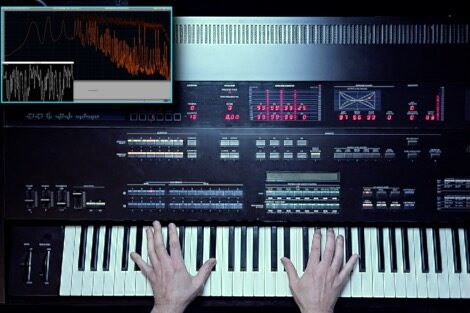
Modulation Mastery
Explore the intricate world of modulation in synthesizers, from ring modulation to sampling and holding, and discover how these modules can be harnessed to create unique and expressive sounds.
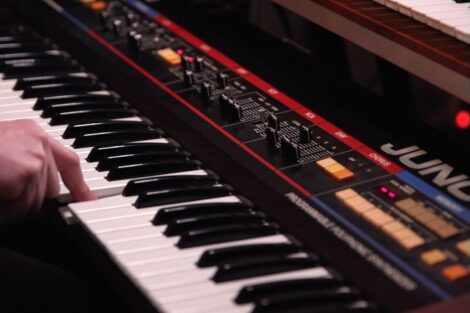
Classic Synthesizer Duel
Immerse yourself in the iconic sounds of the Oberheim OB-Xa and Moog Memorymoog as you discover their rich history, versatile features and impact on the music production landscape.
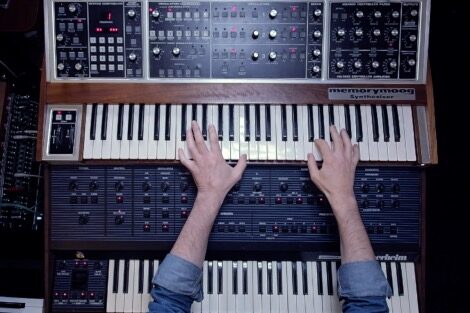
Triggered Hybrid Synthesis
Delve into the hybrid universe of synthesizers with Ernesto Romeo, featuring the PPG Wave and showing how the fusion of digital and analog technologies can open up unlimited creative possibilities.

Access a Free Chapter
Leave your email, and you’ll be granted access to select a free chapter of your choice.
By continuing, you accept Aulart’s Privacy Policy.
What will I learn?
In this episode, La Siesta del Fauno professor Ernesto Romeo shares his experience and knowledge about how synthesizers work and how to use them in music production. With anecdotes from his life and career, Ernesto highlights the importance of understanding the properties of sound and the emotional flexibility that synthesizers offer. He also mentions the variety of instruments available in his studio, from classic analog synthesizers to contemporary digital instruments, and the importance of exploring different technologies to create unique music. Throughout this masterclass, viewers will gain valuable knowledge and skills to use synthesizers creatively and expressively in their own music.
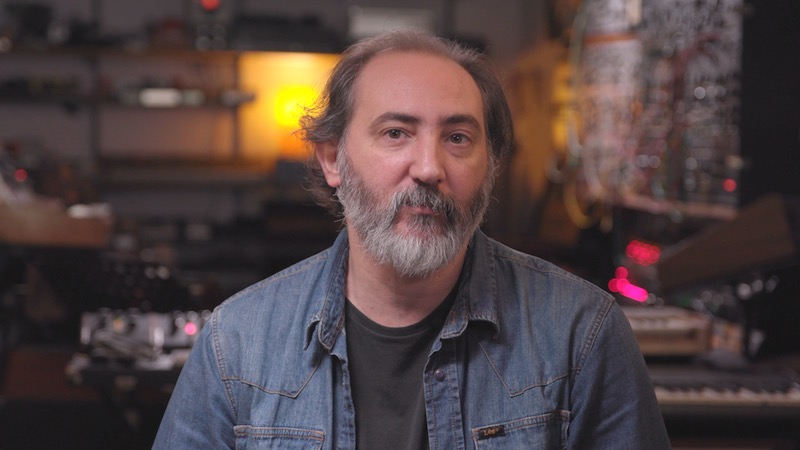
In this chapter, Ernesto Romeo introduces us to the concept of a synthesizer and how it works. Using a Moog modular synthesizer from the 60’s and 70’s as an example, he shows us how a synthesizer is an electronic instrument that generates electrical vibrations instead of having physical moving parts. Through different modules, such as oscillators, filters and amplifiers, we can generate and process audio signals to create different types of sounds. In addition, the teacher explains how voltage control in synthesizers allows sound synthesis and how different waveforms and modulation can be used to create more complex sounds. This chapter provides an overview of the basics of synthesizers and how they can be used to create unique and expressive music.
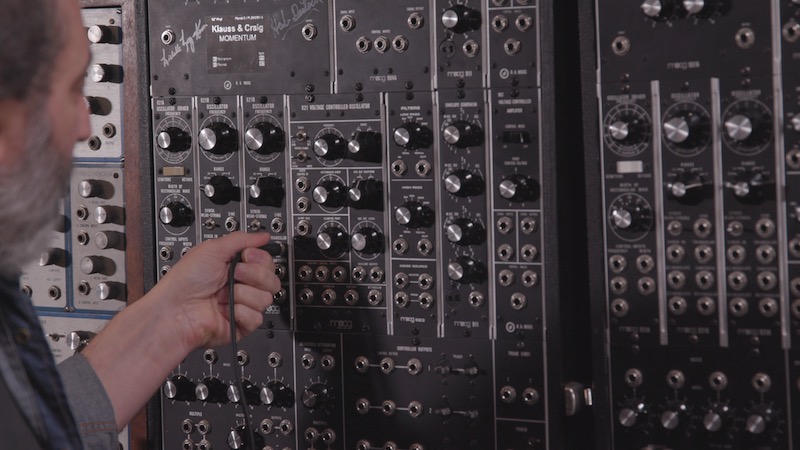
In this chapter we will explore the main modules of synthesizers and how they work. We will learn that these concepts apply to both analog and digital systems, and that synthesizers can generate different types of signals, such as sine, triangle, sawtooth, and square waves. We will also see how signal generation and processing modules can be used for both audio and control. In addition, examples of different synthesizers and their modules will be presented, such as the Moog modular, the Korg MS-20 and the ARP 1600. Finally, the versatility of synthesizers will be highlighted and how the same modules can be used for different purposes, either to generate sounds or to control parameters.
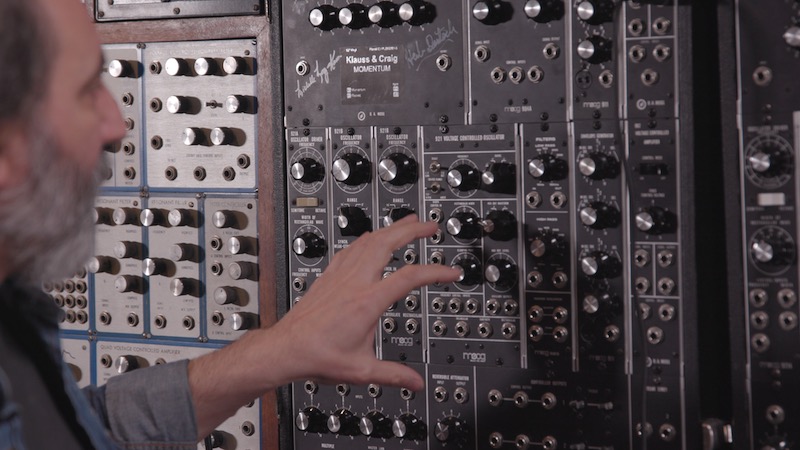
In this chapter, La Siesta del Fauno’s instructor shows us in detail how synthesizers work and how to use them in music production. He explores the different modules, such as signal generators and filters, and how they can be controlled by LFOs and envelopes. It also shows how different types of waves can be created, such as sine, triangle and square wave, and how frequencies can be modulated to create interesting effects. In addition, it shows how different filters can be combined to obtain more complex sounds and how amplifiers can be controlled by envelopes.
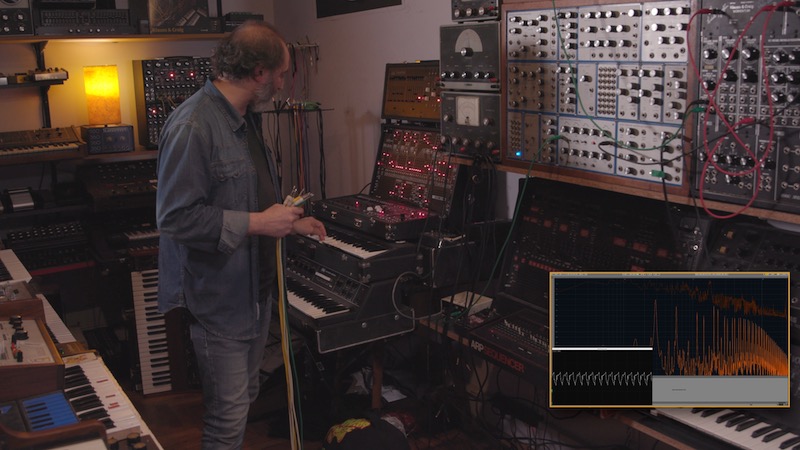
In this chapter, La Siesta del Fauno’s instructor introduces us to the ring modulation and sample and hold modules in synthesizers. He explains how they work and how they are used in music production. Through practical examples, he shows the differences between ring modulation and amplitude modulation, as well as the effect of sample rate on sample and hold. It also highlights the importance of these modules in creating unique sounds and how they can be controlled by voltage signals or sequencers. This chapter provides a detailed and valuable insight into the use of synthesizers and is essential for beginners who wish to learn how to use them in their music.
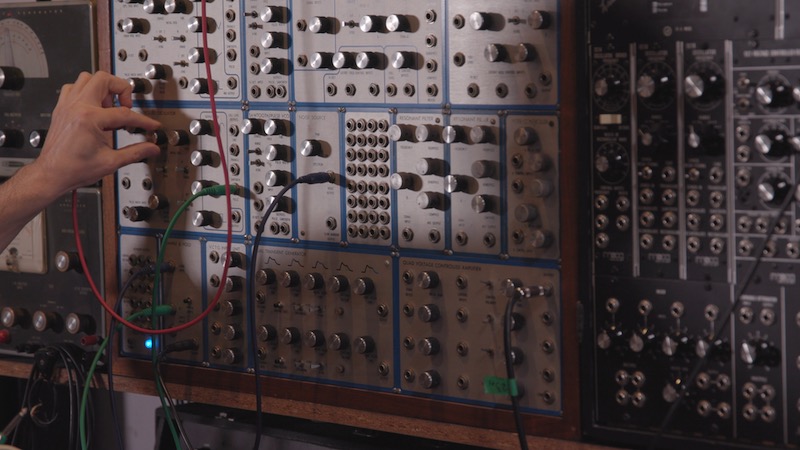
In this chapter, Ernesto Romeo continues the introduction to the synthesizers, showing how various audio generation and processing modules, as well as control modules, are integrated. As it evolves, he incorporates different synthesizer systems and brands to demonstrate the complexity that can be achieved in synthesis. Through practical examples, the teacher shows how oscillators, filters and amplifiers can be controlled to create a wide variety of sounds, from rhythmic sequences to percussive sounds and inharmonic harmonics. He also stresses the importance of real-time experimentation and the ability to create evolving compositions using these instruments. If you are interested in learning about synthesis and how to use a synthesizer, this chapter provides you with valuable knowledge and skills.
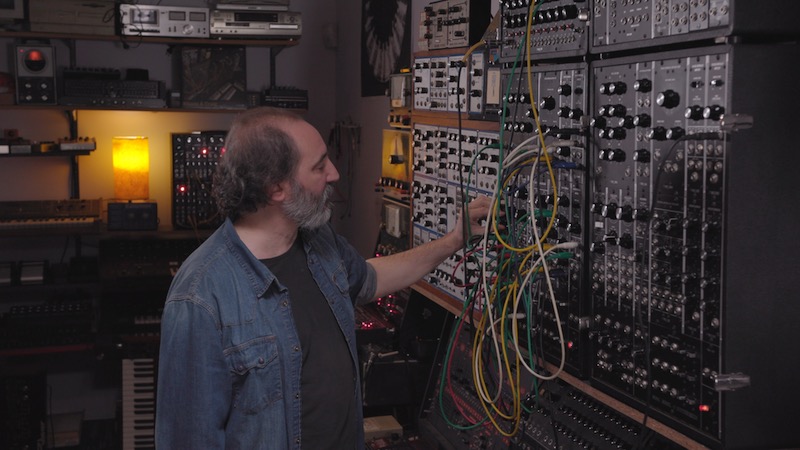
In this chapter, Ernesto Romeo introduces us to the basics of how synthesizers work. He uses two instruments, the Roland Juno-60 and the MemoryMoog, to illustrate the elements and setup of a synthesizer. Through these examples, we learn about signal generators, filters, amplifiers, and effects such as chorus. We also explore how a synthesizer is controlled using the keyboard, envelope generators and low-frequency oscillators. With this information, viewers can begin to understand how to use a synthesizer and create unique sounds. This chapter provides a solid foundation for those who are new to synthesis and are interested in further exploring this fascinating world of music production.
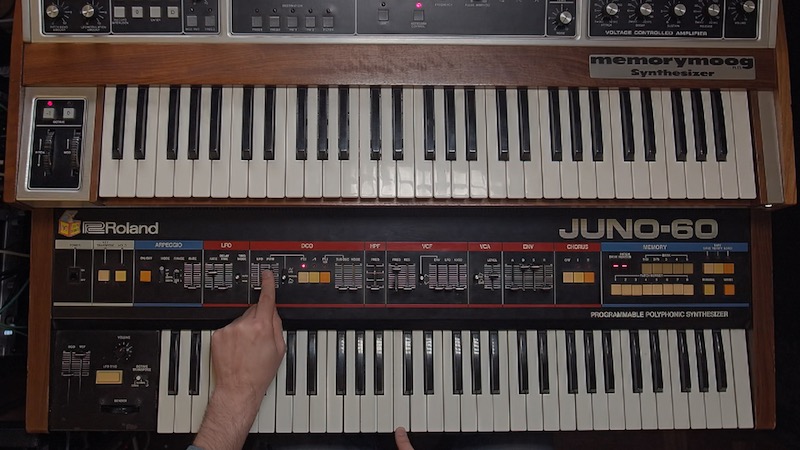
In this chapter we explore the fascinating world of synthesizers and how they work. We start with the history of synthesizers, from the success of Wendy Carlos’ Switched-On Bach album to the rise of the more accessible and popular synthesizers such as the Moog Modular and the Minimoog. We learned about the different modules and controls of a synthesizer, such as oscillators, filter and envelope generators. We also discovered how synthesizers can be used to create a wide variety of sounds and effects, from vibratos to frequency modulations. This chapter is a must-have introduction for any beginner interested in music production and the use of synthesizers.
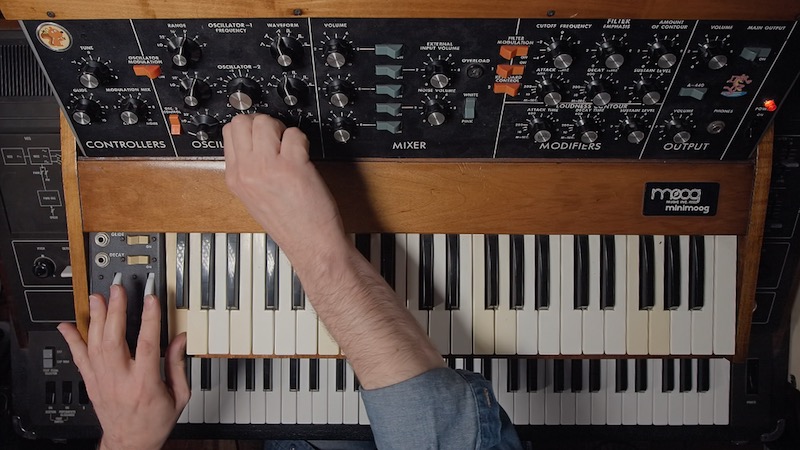
In this chapter, Ernesto introduces us to the fascinating world of polyphonic analog synthesizers. He tells us how these machines emerged in the early 1970s and how they became a demand for musicians seeking polyphony. He shows us examples of early polyphonic synthesizers, such as the Yamaha GX-1 and the Oberheim Four Voice, and dives into the operation and design of the Yamaha CS-80 synthesizer. Through this chapter, we get an in-depth look at how synthesizers work and how they can be used to create a wide variety of expressive sounds.

In this chapter, we explore two classic polyphonic synthesizers: the Oberheim OB-Xa and the Moog MemoryMoog. These instruments are derivatives of the revolution brought about by the Prophet 5 in the 1970s. Unlike other synthesizers of the time, the Prophet 5 was more affordable and had a form of programming similar to the Mini-Moog. As for the OB-Xa and MemoryMoog, they are superior instruments in terms of features and sound. The chapter also explores oscillator synchronization and polyphonic modulation. These synthesizers are highly valued for their versatility and musicality in music production.
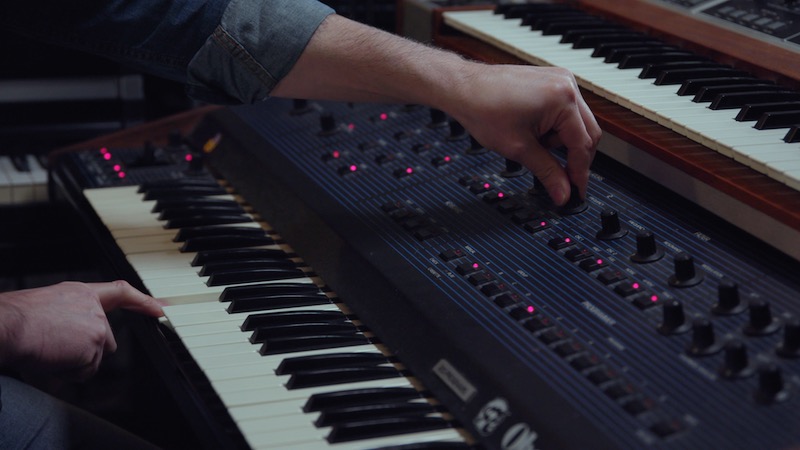
In this chapter, we explore the Prophet’08, a polyphonic analog synthesizer developed by Sequential in the 1980s. This instrument was designed to extend the polyphony capabilities of the Prophet 5 and features a sensitive keyboard that allows the amplitude and envelope response to be programmed based on keyboard sensitivity. It also features a polyphonic post-pickup function, which is quite unusual. Although the Prophet’08 was not as commercially successful due to the trend towards digital and samplers at the time, it is a very expressive and versatile instrument that offers many possibilities for sound creation.
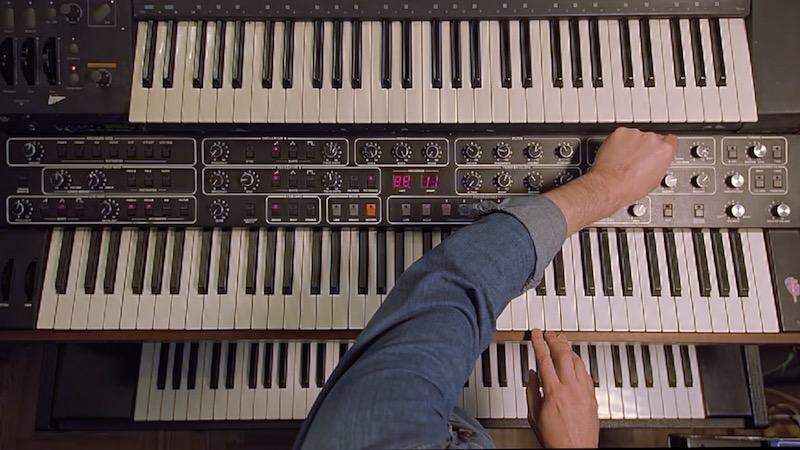
In this chapter, Ernesto Romeo explores the rise of digital technology in synthesizer manufacturing in the 1980s. He highlights the emergence of the sampler and DFM instruments, such as the DX7, which marked a trend toward digital technology and a decline of analog technology. Also mentioned are digital synthesizers such as the Roland JD-800 and their ability to create organic and cinematic sounds. This chapter provides valuable insights into how synthesizers work and how to use them to create unique sounds.
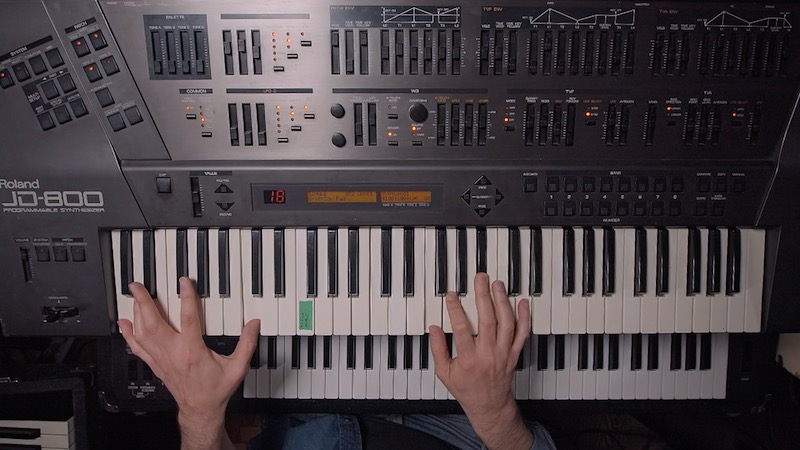
In this chapter, Ernesto Romeo introduces us to the fascinating world of synthesizers and shows us how they work. He talks about the PPG Wave, one of the first hybrid synthesizers that introduced Wavetable technology. Through practical examples, he shows us how synthesizers can be used to create different sounds and effects. It also shows how digital and analog technology can be combined in a hybrid synthesizer to achieve unique results. This chapter provides an overview of the basics of synthesizers and shows how we can use them to expand our musical creativity.
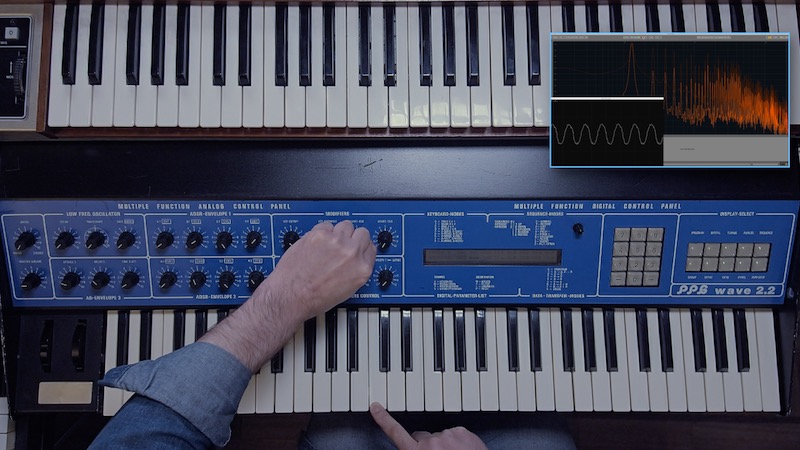
In this chapter we explore the evolution of PPG synthesizers and their influence on Waldorf instruments. We learned how digital synthesizers work and how they are played, using the Waldorf Wave as an example. The instrument offers a wide range of programming and modulation possibilities, allowing us to create unique and experimental sounds. In addition, the importance of the graphical display of parameters and the polyphonic modulation capabilities of LFOs was highlighted. This chapter offers a fascinating insight into the world of synthesizers and is ideal for beginners who wish to explore this exciting field of music production.
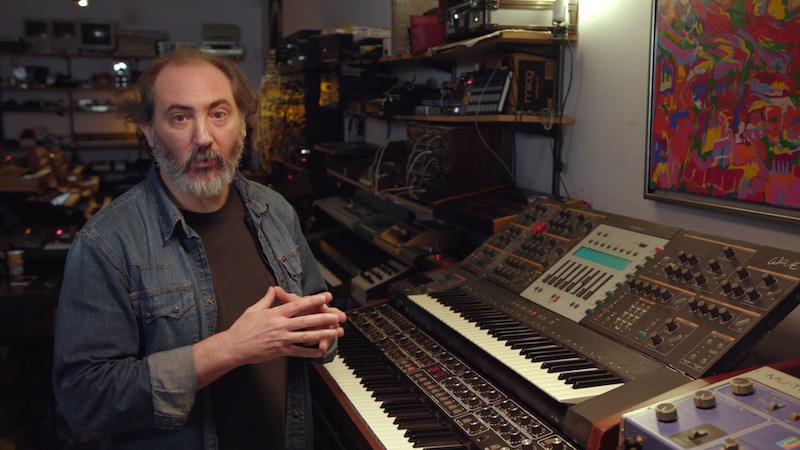
This chapter explores the transition from analog to digital technology in synthesizers since the second half of the 1980s. It highlights the influence of sampling on contemporary music and how many instruments began to incorporate digital technology into their oscillators to offer greater timbral variety. Examples of hybrid synthesizers such as the Korg DW-8000 and Prophet VS, which combine digital oscillators with analog filters to achieve unique sounds, are presented. In addition, it shows how to program and manipulate different waveforms on the Korg DW-8000 and Prophet VS. This knowledge is valuable for beginners who want to understand how synthesizers work and how to use them to create unique sounds in their music.
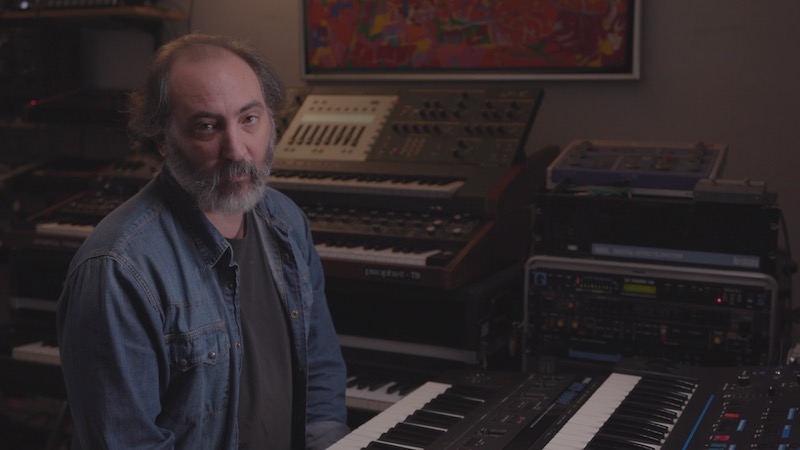
In this episode, Ernesto Romeo takes us through the history of digital synthesizers and how they have evolved over the years. He explores the emergence of early digital synthesizers such as the Synclavier 1 and the Crumar GDS, and how these instruments revolutionized the world of music. It also shows us how frequency and modulation synthesis works and how different timbres and sounds can be created using the operators of a synthesizer. In addition, he teaches us how to use After Touch and Keyword Scaling to control the amplitude and modulation of the operators. This chapter is a fascinating introduction to FM synthesis and provides a detailed overview of the creative possibilities offered by this type of synthesis. The chapter is a fascinating introduction to FM synthesis and provides a detailed overview of the creative possibilities offered by FM synthesis.
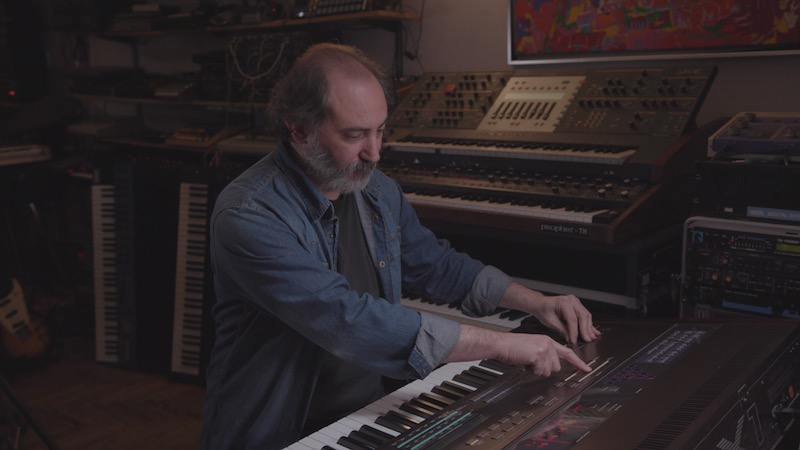
In this chapter, Ernesto Romeo introduces us to the classic EMS Synthi-AKS synthesizer. He tells us about the history of the EMS company and how they developed their first portable synthesizers. He explores Arturia’s version of this instrument and shows us how to create different patches and modulations using the oscillators, filters and envelopes. In addition, it shows how the keyboard and sequencer can be used to control and record different sequences. This chapter gives a detailed overview of how synthesizers work and how they can be used to create a wide variety of sounds.
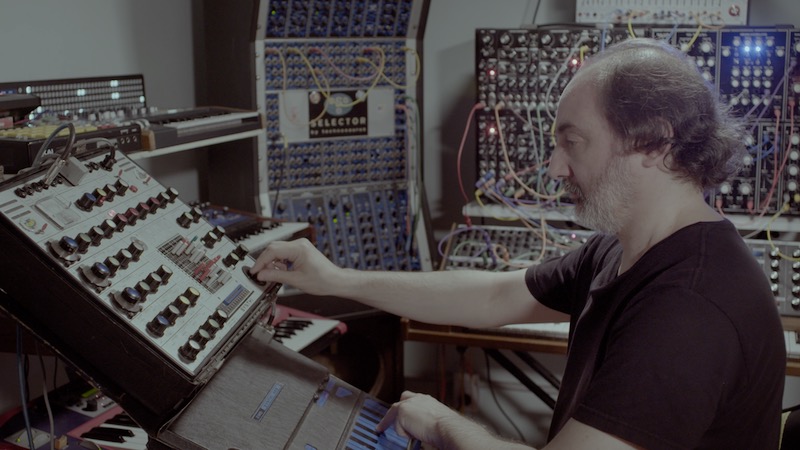
In this chapter, Ernesto Romeo discusses a software synthesizer that emulates a classic analog synthesizer. Through practical examples, he shows how to use the synthesizer’s functions and how to create complex sounds by modulating and interconnecting different modules. In addition, it highlights the advantages of having a software version, such as the possibility of adding additional functions and automation. This chapter provides valuable knowledge and skills for those who wish to learn how to use a synthesizer and explore sound synthesis.
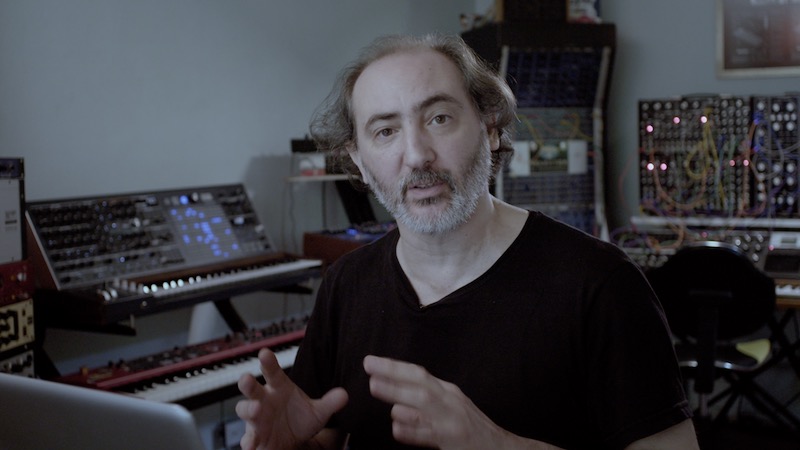
In this chapter, we explore the performance of Arturia’s Roland Jupiter-8 synthesizer. This two-oscillator analog polyphonic instrument is known for its elegant and distinctive sound. We learned about the synthesizer’s fixed settings, including the envelope generators, filters, and VCA. We also discovered how to use frequency modulation and cross modulation to create unique, vocal sounds. In addition, Arturia offers additional features, such as Galaxy control, a sequencer and effects, that allow you to explore new sonic possibilities. This chapter provides an overview of the features and abilities of the Jupiter-8 synthesizer and offers valuable insights for those who wish to use a synthesizer in their music production.
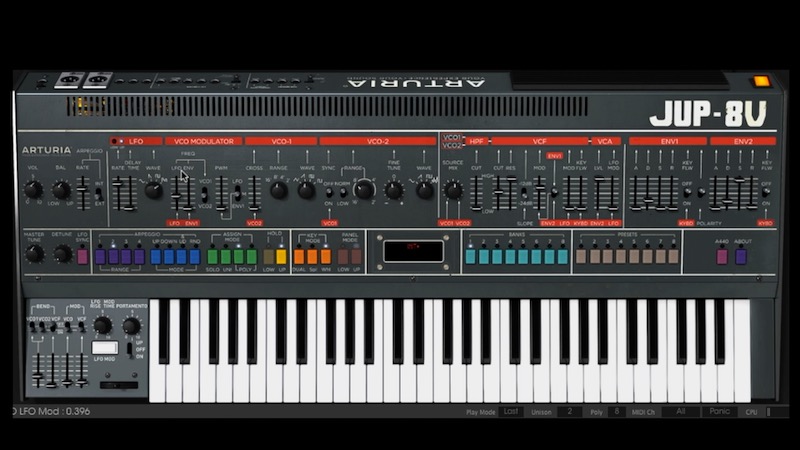
In this chapter we will explore another of the classic synthesis sensors. Buchla along with Moog were early proponents of voltage-controlled systems for audio generation and processing, kicking off the modern history of sound synthesis. Both approaches have commonalities but also significant differences, which has spawned schools of synthesis on both coasts of the United States. Through practical examples, we will learn how to use a synthesizer and how it works, as well as the differences between Moog’s and Buchla’s systems. This chapter offers a unique insight into the history and evolution of sound synthesis, and provides valuable skills and knowledge for beginners in music production.
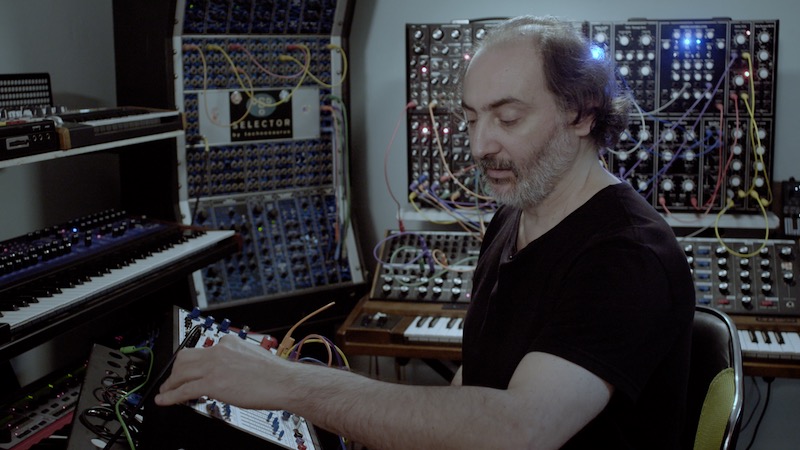
In this chapter, Ernesto Romeo introduces us to a combination of synthesis types based on software synthesizers. In particular, he works with the Ableton Operator, which allows you to work with different types of combined classical synthesis. The teacher explains how operators can be used as envelope-controlled waveform generators and how they can be combined in different algorithms to create different timbres. He also shows how filters and other control signal generators can be used to modulate frequencies and create more complex sounds. This chapter provides valuable insights into how synthesizers work and how they can be used to create music.
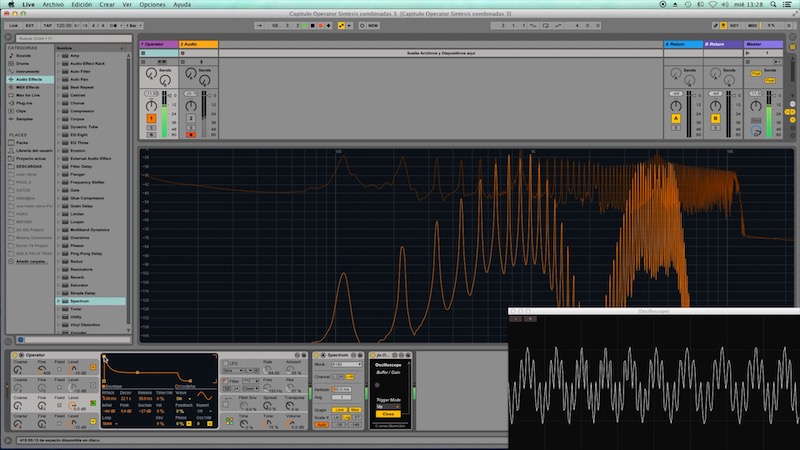
In this final chapter, Ernesto Romeo invites us to reflect on the journey we have made through different hardware and software synthesizers, contemporary and classic instruments, small and large. He emphasizes that the synthesizer is a versatile tool that expresses itself in different ways and with different technologies, from computers to cell phones. It also emphasizes the importance of artistic expressiveness and creativity in the use of available resources. It invites us to explore the possibilities of synthesizers and to continue making music.
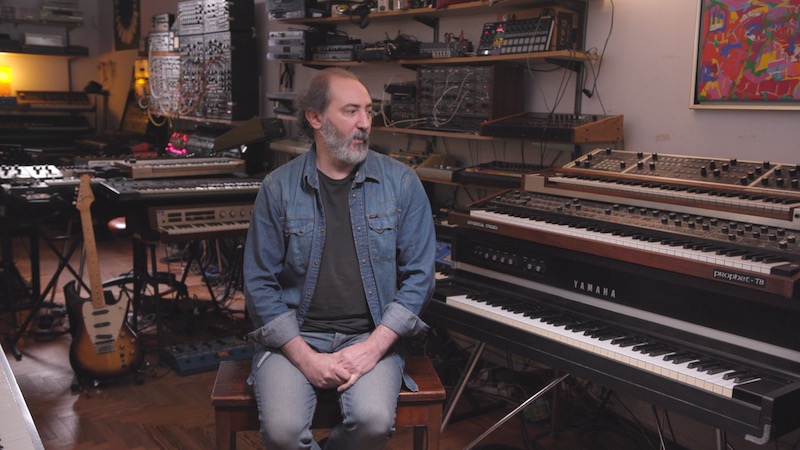
La Siesta del Fauno
La Siesta Del Fauno is a recording studio and electroacoustic music laboratory founded in 2011 in Buenos Aires, Argentina. This avant-garde studio, created by musician and synthesizer specialist Ernesto Romeo together with sound engineer Pablo Gil, has become one of the most prominent electronic music laboratories worldwide.
The main objective of La Siesta Del Fauno is to provide an integral space that fosters the exchange of knowledge and the production of innovative works. This space focuses on the recording of electronic and acoustic instruments, composition, sound design and experimentation with state-of-the-art and classic 20th century technological tools.
The studio is equipped with one of the most complete collections of synthesizers, modular systems, electromechanical keyboards and electronic sound devices on a global scale. Its holdings include consoles and systems for mixing, recording, editing, mastering, and all types of high-end analog and digital processing.
Under the direction and management of Ernesto Romeo, Pablo Gil and Lucas Romeo, all leading artists in the legendary electronic music group Klauss, the studio has collaborated with an extensive list of international artists. Among them are names like Carl Craig, Hannes Bieger, Robert Babicz, Satoshi Tomiie, Jeremy Ollander, Marc Romboy, Boysnoize, Michael Bibi, Henry Saiz, Guy J, Nick Muir, Guy Mantzur, Agents Of Time, Lee Van Dowsky, Francesco Tristano, among others.
La Siesta Del Fauno stands out for its significant contribution to the global electronic music scene, offering an environment conducive to creativity and sonic innovation.
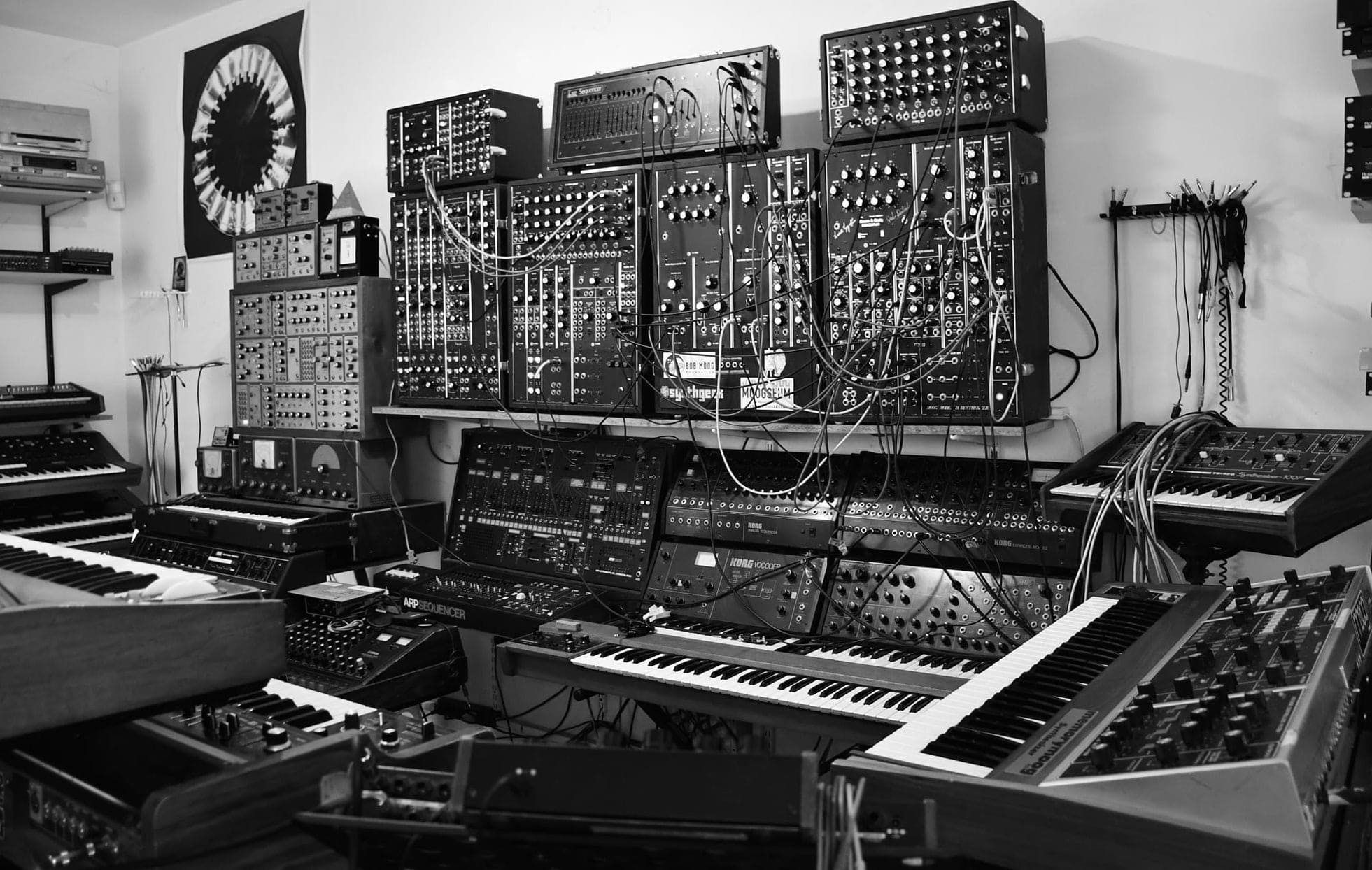
The Complete Guide to Synthesis
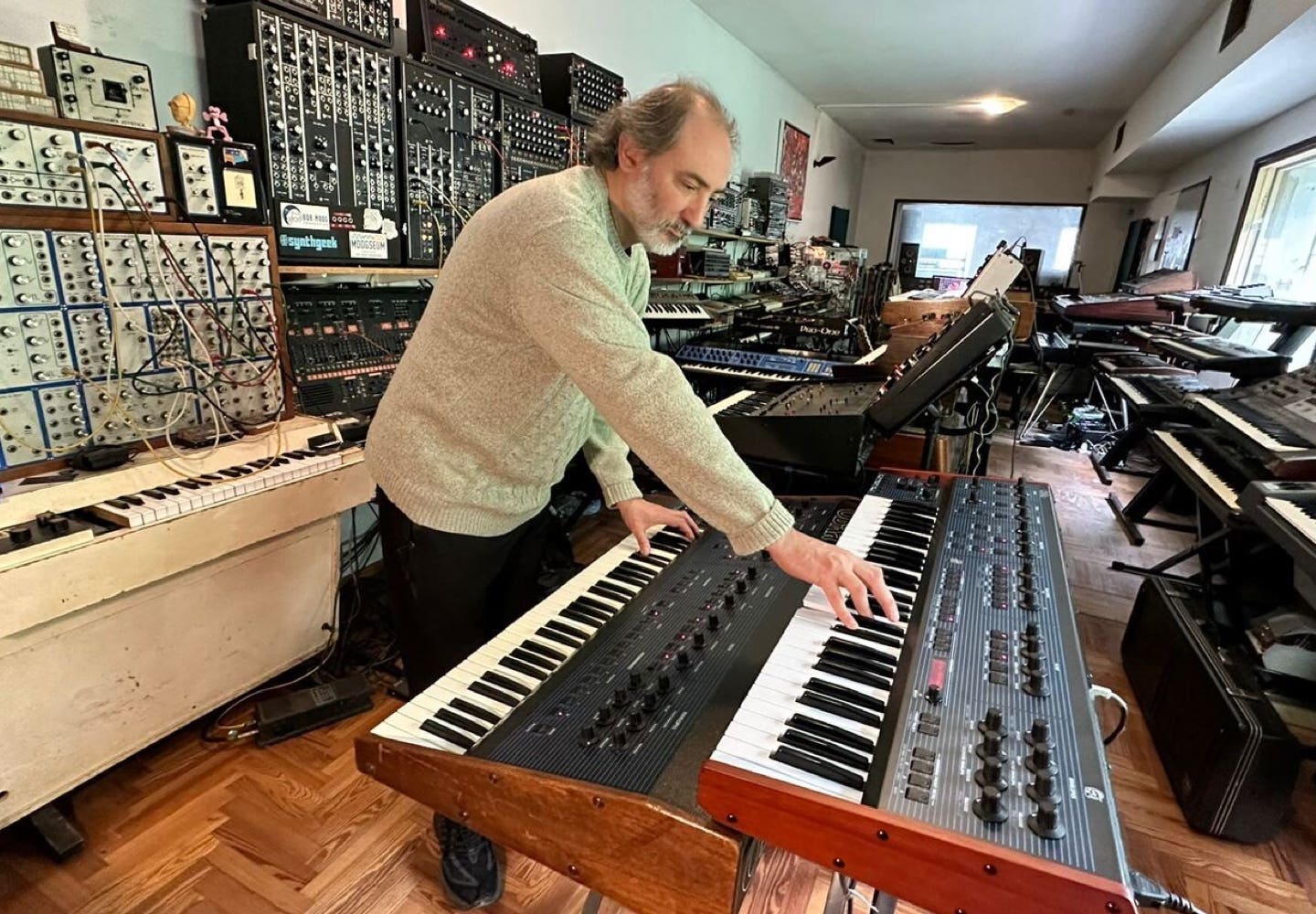
- 22 Chapters
- Audio: Spanish
- Subtitles : English, Spanish, French, German & Portuguese
- 9 Hours
- 4K
- Lifetime access
Flexible payments available





Create Account
